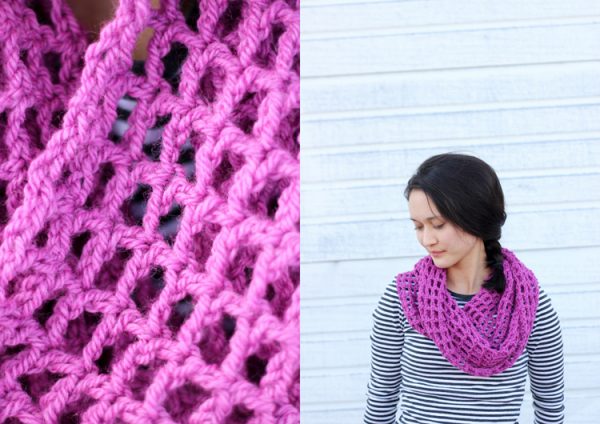
We chose a Coopworth sheep named Mazal for her fleece to be used for our weft yarns.Weaving is a fabric manufacturing method in which two unique sets of yards are intertwined at right angles to construct a fabric. The team worked together to spin & ply every warp thread used, for both the practice shawl and the competition shawl. Tina and Kelly hand dyed the lighter green and red warp yarns. We purchased most of the dyed warp fiber from Samantha J’s Fiber Farm.

This year we featured a window, Christmas tree, and a fake fireplace with stockings. Our motto is: “Go Big or Go Home” therefore, we make our displays as large as possible. We worked together to plan a display and the shawl design. Hmmmmm.Christmas in July! The official theme became: “Looking Through the Window at Christmas”. We collectively decided on a Christmas theme around the month of July. Our team began working on our Sheep to Shawl project in early 2019. Spinners: Tina Mickley, Emily Ellen, Tracy Beck Theme: “Looking Through the Window at Christmas” The 2020 Pennsylvania Farm Show's Sheep to Shawl Competition was especially entertaining this year because CPGH had members on each of the three Lancaster Spinners and Weavers Guild teams! The Fidget Spinners, featuring CPGH members Kelly Czyzewski (Weaver) and Tina Mickley (Spinner), both seated in the picture.

I confirmed something we all know-extensive planning does not always result in projects as envisioned! So, long live the creative process, our flexibility to invent and change, and deep closets for storing the results! I learned much about the wools, weaving with mohair, using insufficiently twisted skeins of unknown fiber, and using waxed wool rug warp. The latter speaks to the creative use of stash and warp.

One photo is of the shawl made of white and sparkly skeins of mixed fiber from a Pine Grove PA 'mill' and white mohair, woven in Krokbragd (believe it or not) on the charcoal waxed wool rug warp. The pillow started out life as tote fabric-cushy and soft-again, not so good for a tote. I did not test wash my wool thus I did not anticipate that my rug wool would wash beautifully-cushy and soft-maybe not so good for the floor. I will confess that I rearranged the color sequence for the rug up until the time that I wove a sample, despite a fair amount of wrapping, planning, and evaluating color value before starting to weave. The design is based on a draft from Handwoven Jan/Feb 1997. The photos reveal that I put on a long-ish rug warp and by the end, had to use that warp creatively, shall we say! Both warp and weft were chosen with an eye toward using stash (rug wool from an auction in Bowmansville PA) and weaving a Krokbragd runner. To answer the question of what I have been working on, several photos are attached: a runner rug, a pillow case, a shawl. 8 napkins and a runner were woven using white to gold to variegated blues to tan to olive thread as weft. Reversing the starting color from dark to light results in a different look the back of the cloth differs from the front of the cloth. The ‘dog bone’ pattern (a better description than calling it an I-beam) is only one of 4 produced when an 8 shaft point twill threading in alternating light and dark threads is treadled TAW. The navy or dark royal blue/natural tan napkins and runner were woven in 16/2 unmercerized cotton. Weft colors were chosen within the same color family or range resulting in subtle differences in the color of the cloth. Threading on 4 shafts and using a twill tie-up allows one to weave decorative borders when one has had enough plain weave. Gradients can be woven using only 2 shafts in plain weave with 2 contrasting colors of thread.

The gold/maroon/rust/tan napkins were designed around three gradients-2 predominantly red-brown on the left and right sides of a central predominantly gold gradient.


 0 kommentar(er)
0 kommentar(er)
